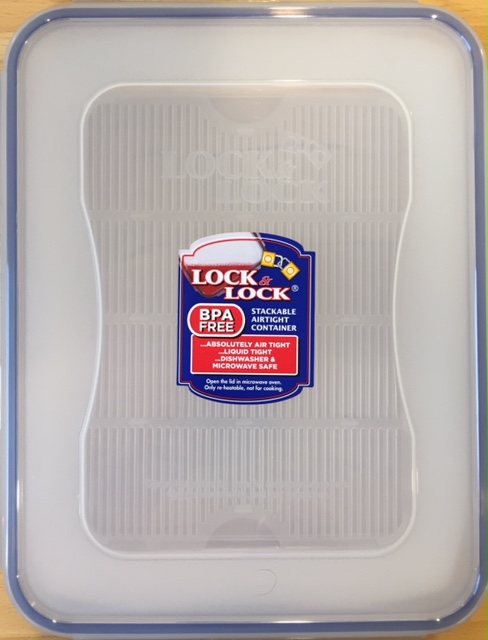Proper Long-Term Specimen Storage
 Proper long-term storage of a meteoriteWork in progress. A solid natural object reaching a planet’s surface from interplanetary space. Solid portion of a meteoroid that survives its fall to Earth, or some other body. Meteorites are classified as stony meteorites, iron meteorites, and stony-iron meteorites. These groups are further divided according to their mineralogy and Click on Term to Read More collection can seem overwhelming and expensive. Over the years, we have experimented with expensive baggies, desiccator cabinets, acrylic cases, and many types of desiccating or oxygen-absorbing mediums. In the end, the most effective solution also turned out to be the simplest and cheapest.
Proper long-term storage of a meteoriteWork in progress. A solid natural object reaching a planet’s surface from interplanetary space. Solid portion of a meteoroid that survives its fall to Earth, or some other body. Meteorites are classified as stony meteorites, iron meteorites, and stony-iron meteorites. These groups are further divided according to their mineralogy and Click on Term to Read More collection can seem overwhelming and expensive. Over the years, we have experimented with expensive baggies, desiccator cabinets, acrylic cases, and many types of desiccating or oxygen-absorbing mediums. In the end, the most effective solution also turned out to be the simplest and cheapest.
Before we get into the details, we should first discuss your local climate. If you live in a desert climate and use an air conditioner to cool your home, then displaying specimens in a standard cabinet or even out in the open represents little risk due to the year-round low humidity. However the risk is not zero especially if you use an evaporative cooler (swamp cooler) that adds moisture to the air. If you live in an area close to fresh water and thus high humidity, you will need an effective storage solution. If you live near the coast, then an effective storage solution is imperative as you will need to contend not just with high humidity but salt exposure as well.
NEED TO FINISH ARTICLE






